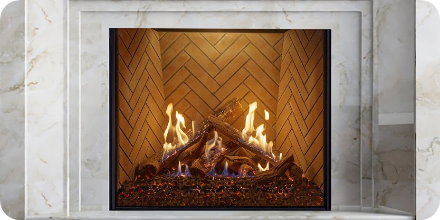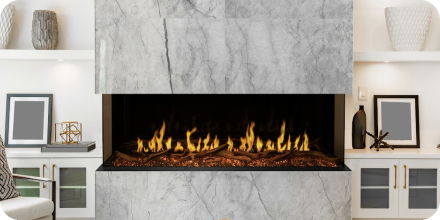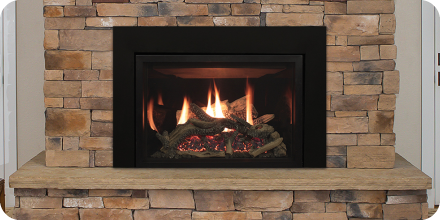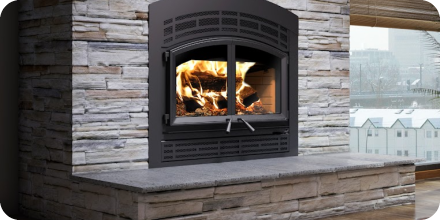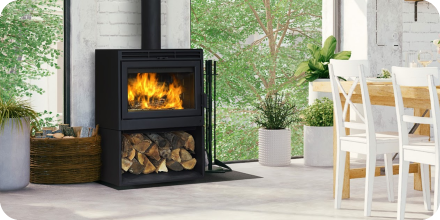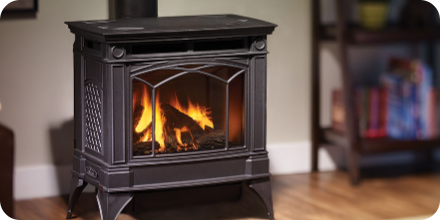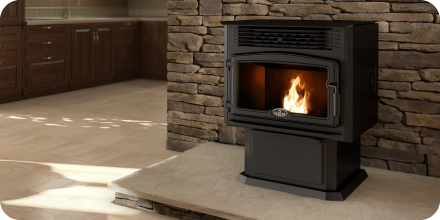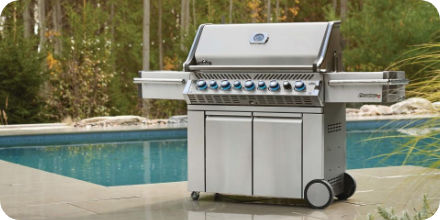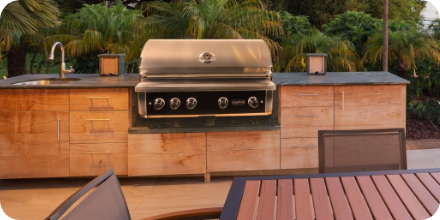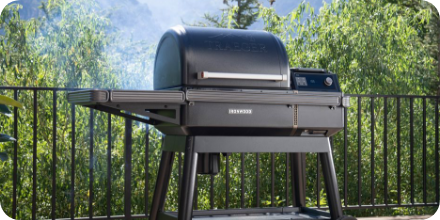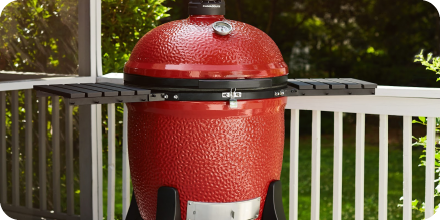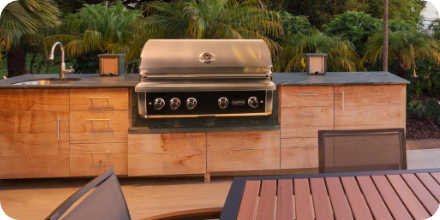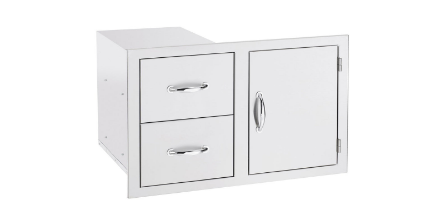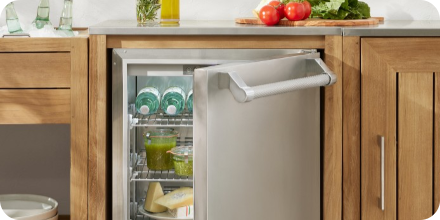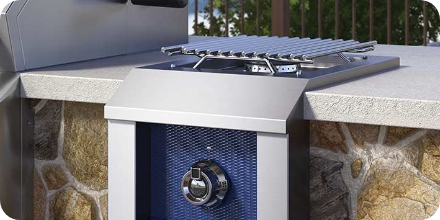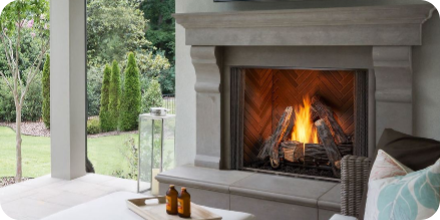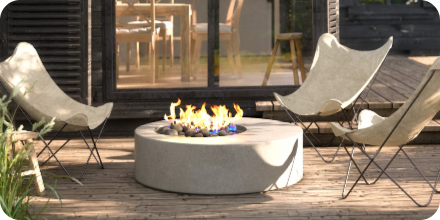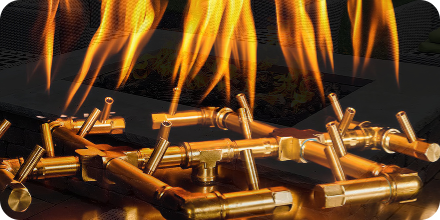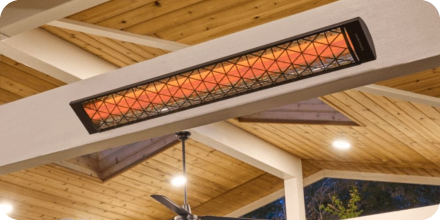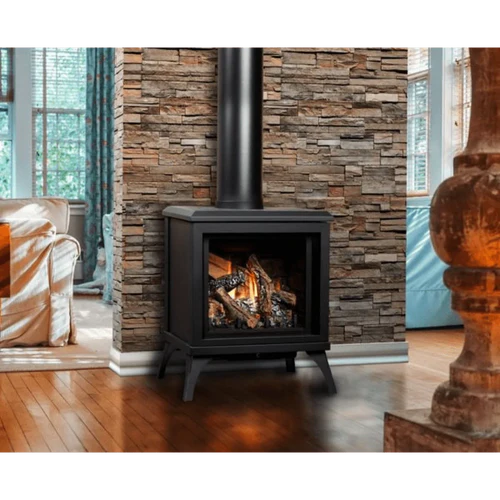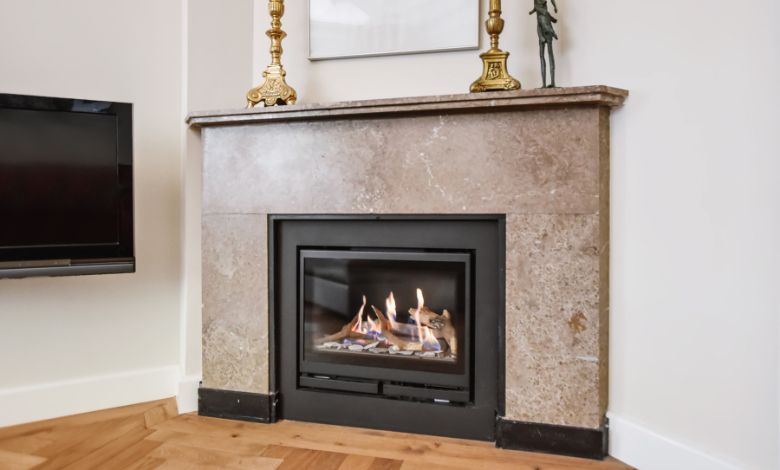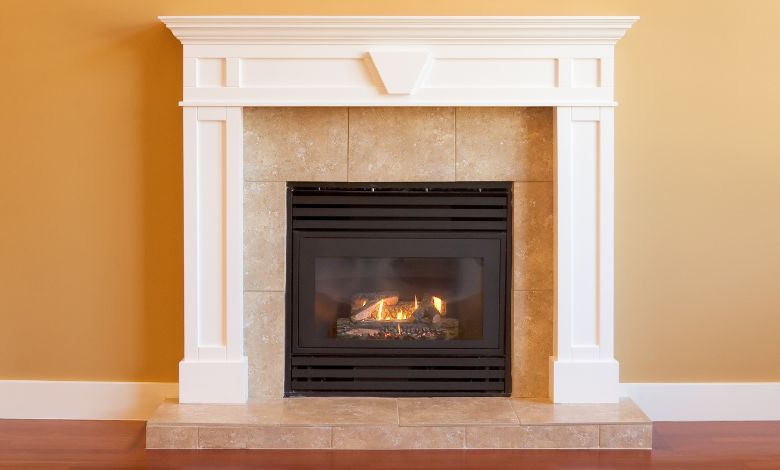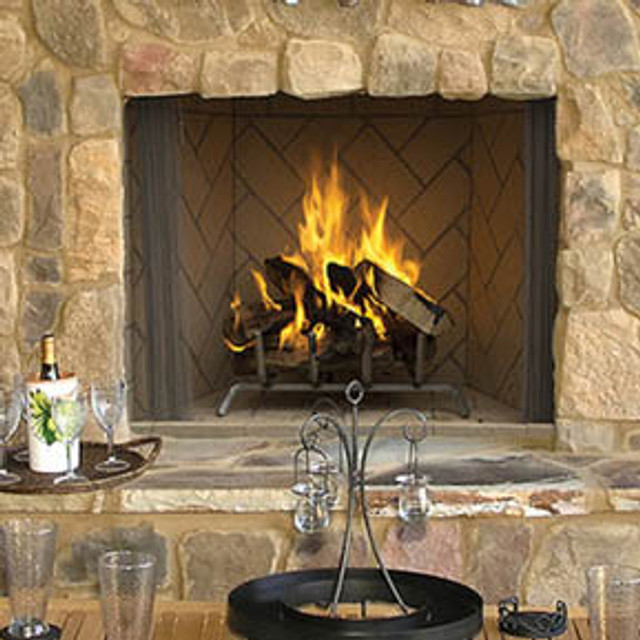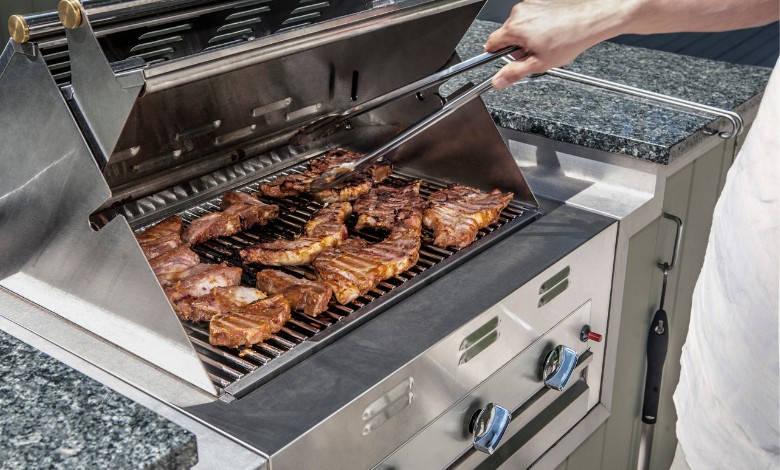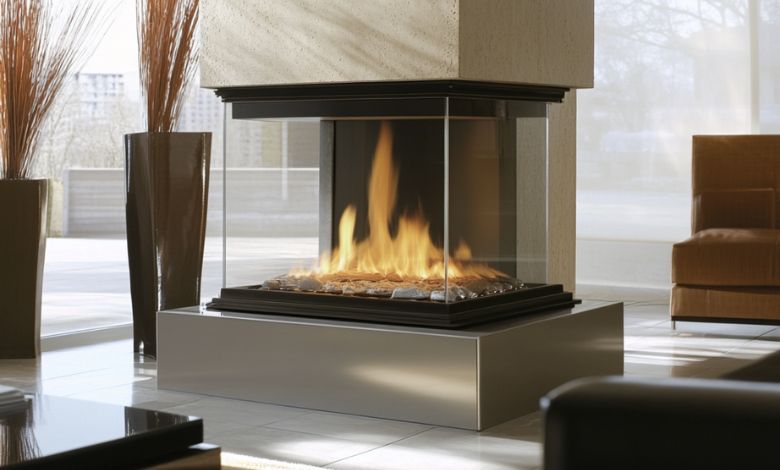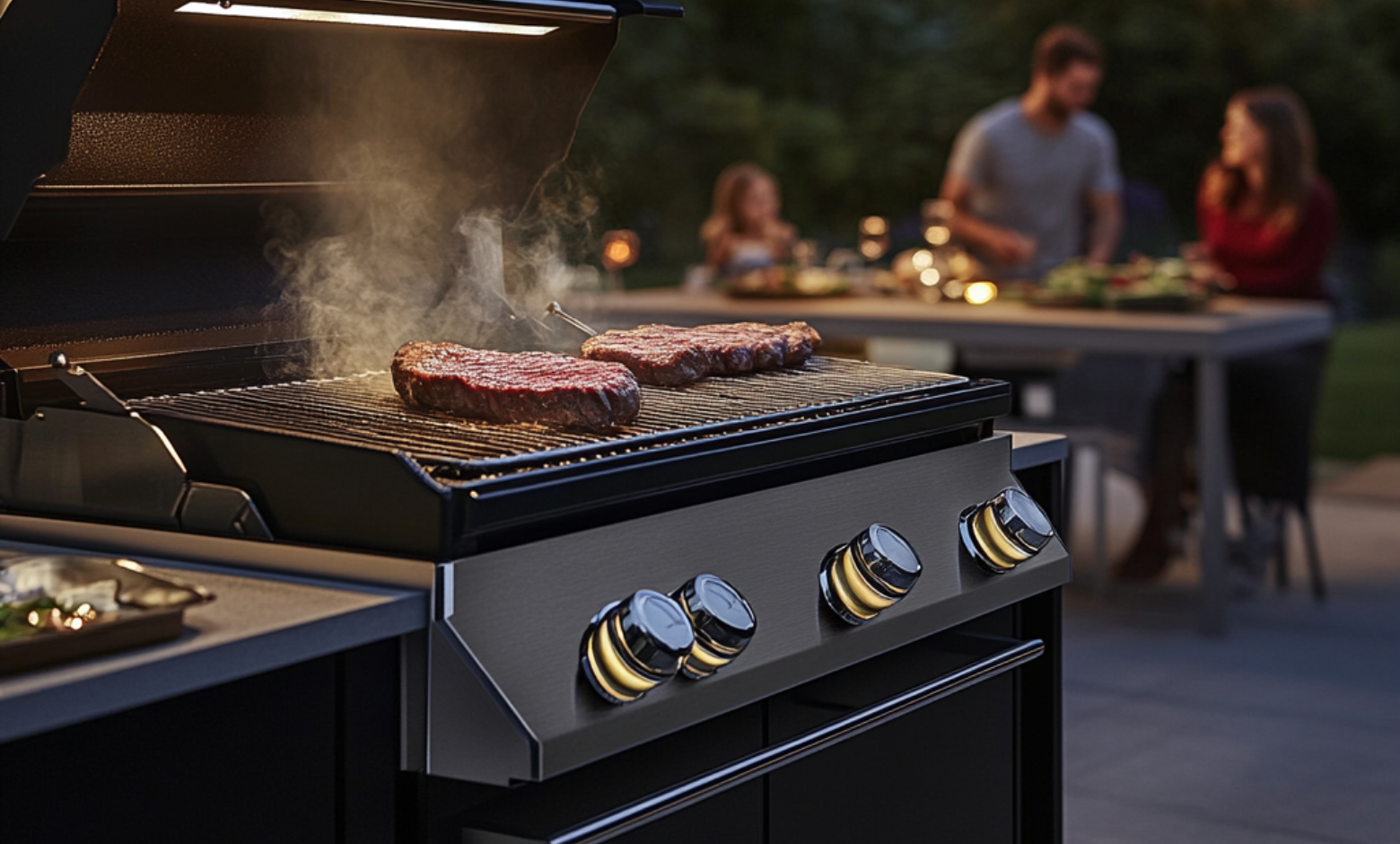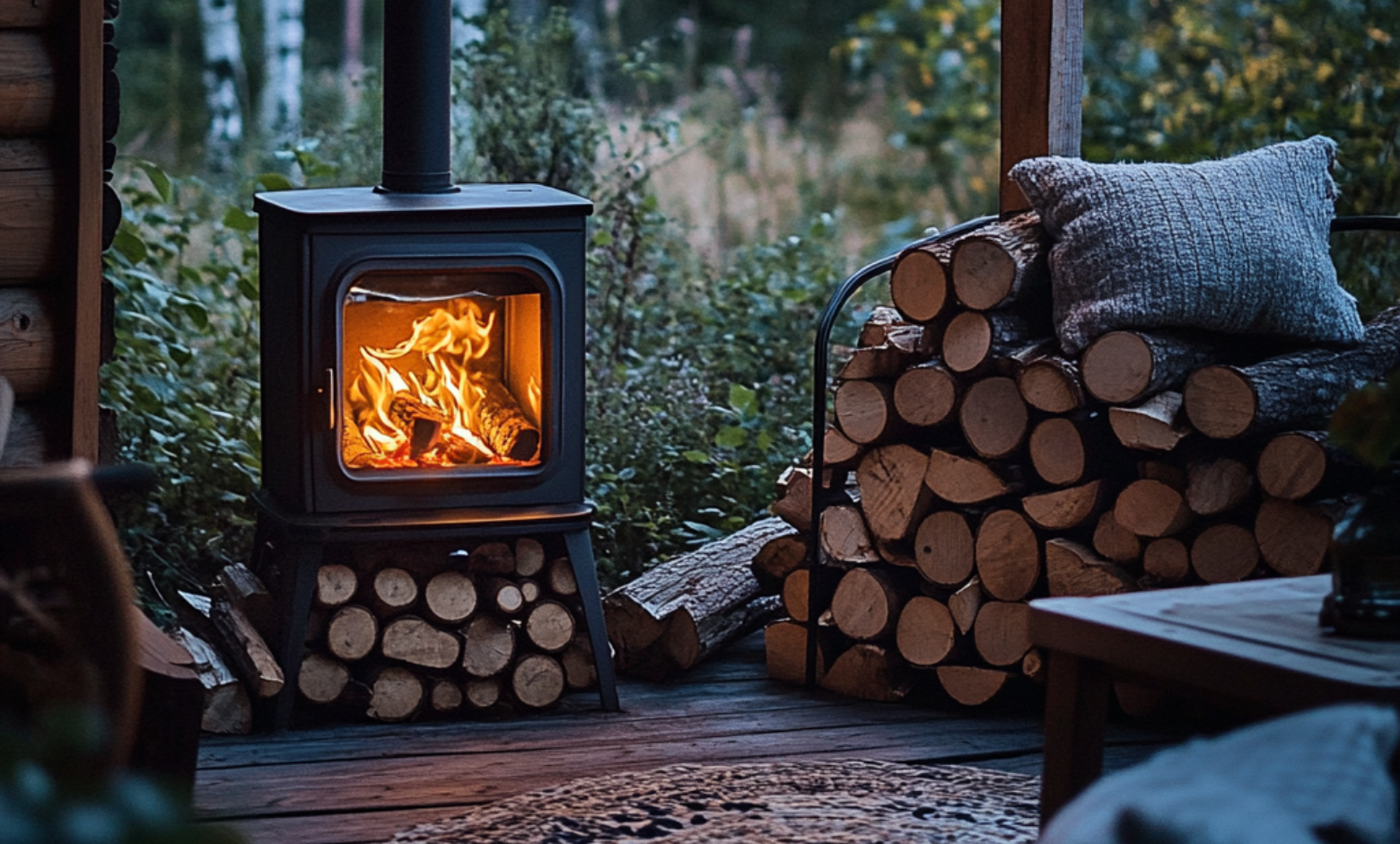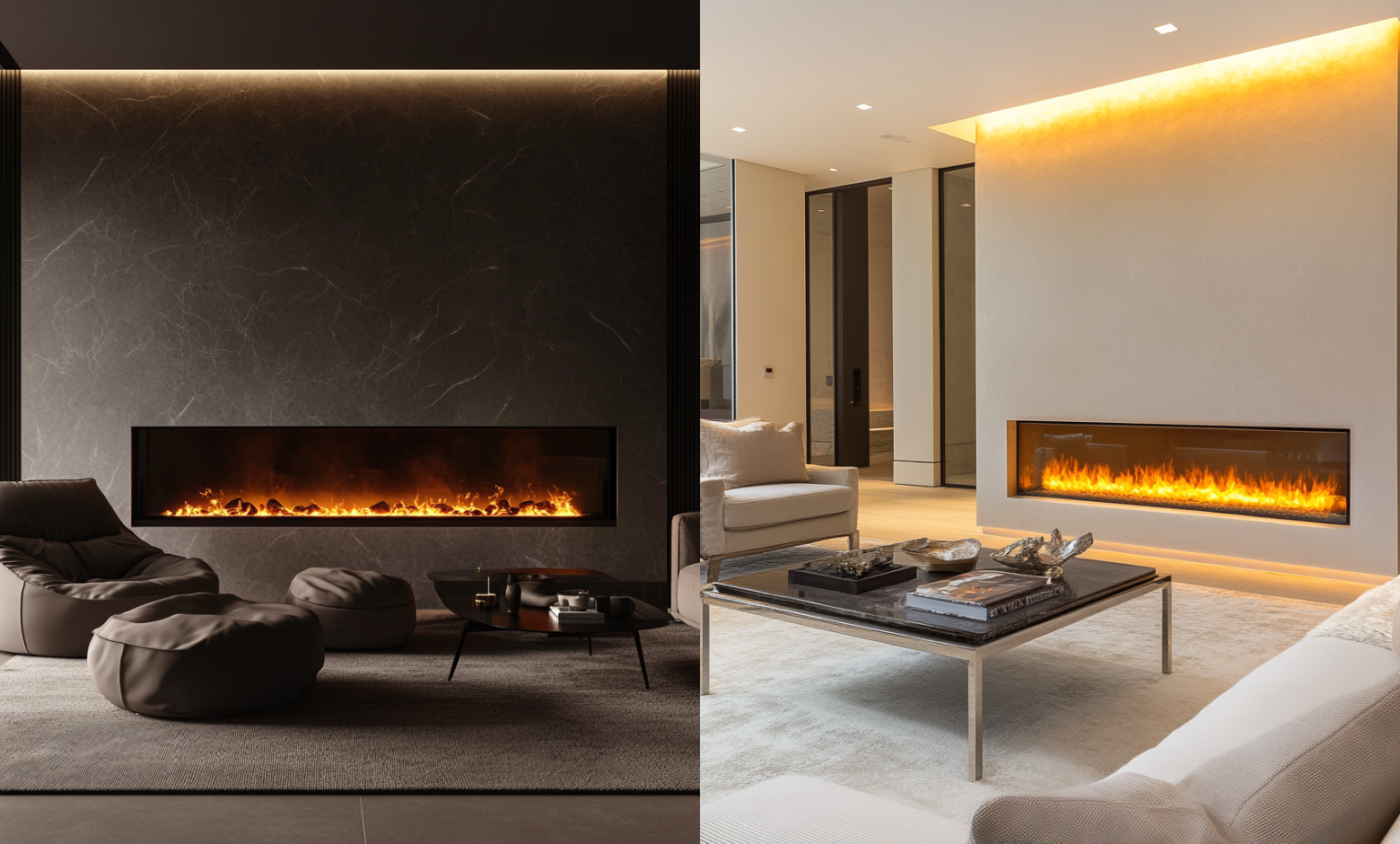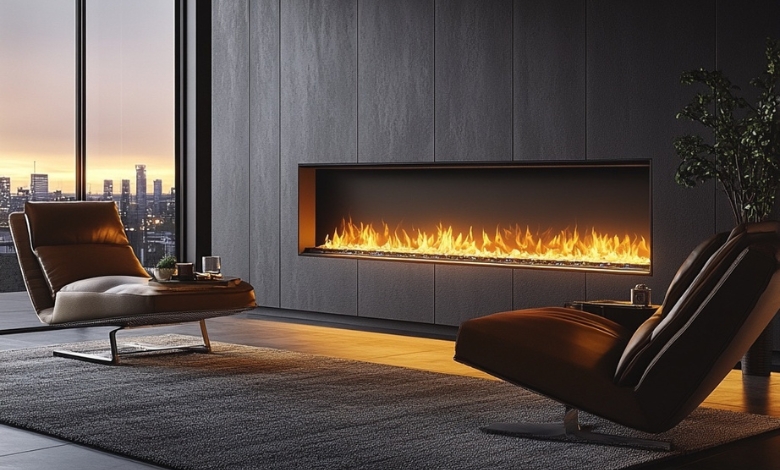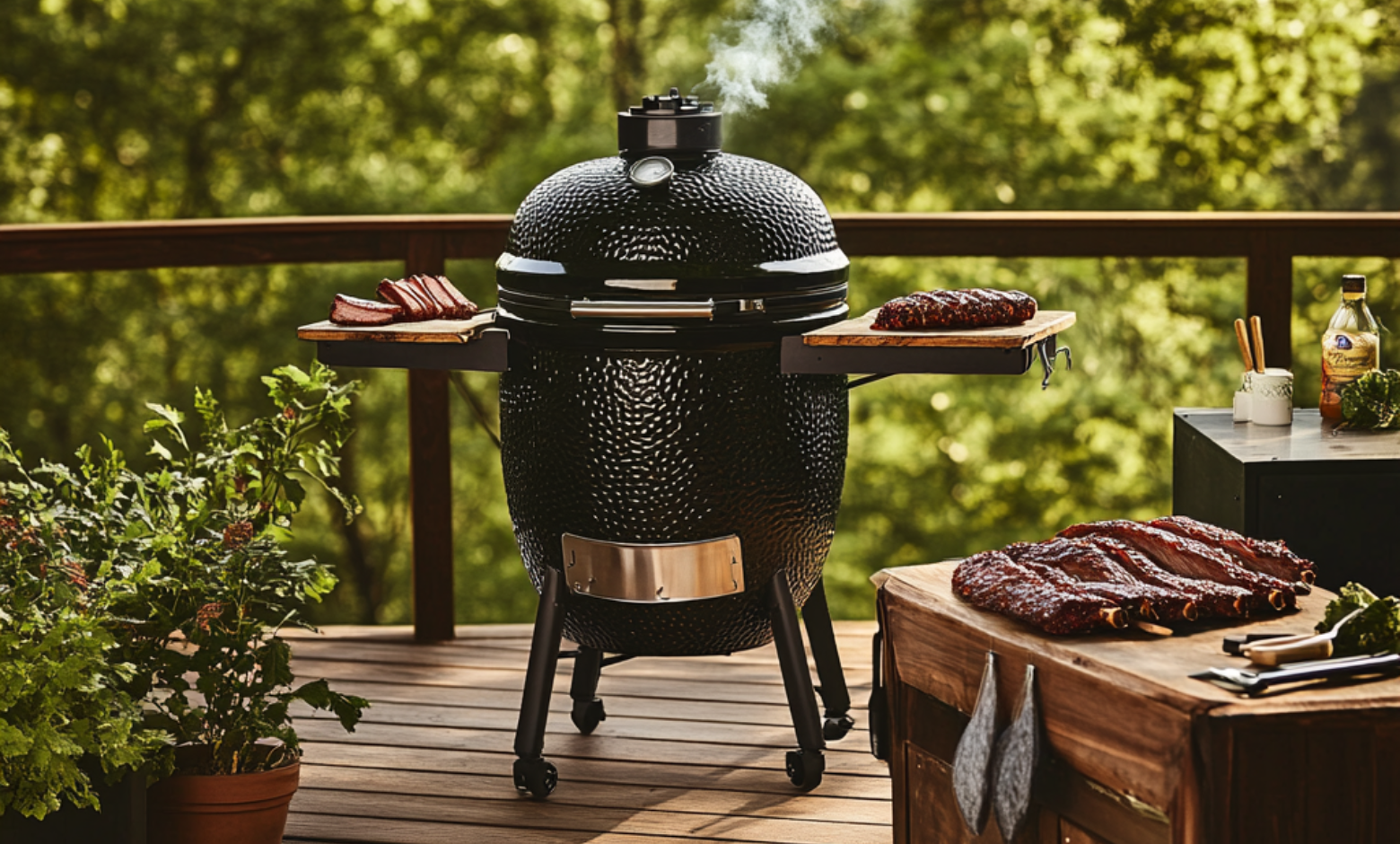How to Build a Fireplace: A Step-by-Step Guide to Creating the Perfect Hearth
Posted by Anna William on Feb 12th 2025
A fireplace isn’t just a source of warmth it’s a cozy, inviting centerpiece that transforms your living space into a haven of comfort and style. Whether renovating an existing space or creating a new focal point in your living room, learning how to build a fireplace can be both a practical and enjoyable DIY endeavor. From the foundation to the finishing touches, every step in the process contributes to creating a cozy and functional fireplace that will become the heart of your home.
This guide will take you through the essential steps of building a fireplace. We’ll cover everything from choosing the right materials to completing the construction, ensuring that you feel confident in your ability to build a fireplace that meets both your aesthetic and heating needs.
Why Build a Fireplace?
Before diving into the technical process, it’s essential to recognize the benefits of building a fireplace. Not only does a fireplace enhance the aesthetic charm of your space, but it also offers warmth during the colder seasons. It can become the centerpiece of your living room, setting the stage for cozy evenings and memorable family moments.
Additionally, building a fireplace can increase the value of your home. A well-designed and properly constructed fireplace can be a sought-after feature for potential buyers, making it a wise investment in your property.
Step 1: Plan Your Fireplace Design
The first thing you need to do is decide on the type of fireplace you want. Are you considering a classic wood-burning fireplace, a sleek gas insert, or a cozy electric fireplace for your space? The design and functionality of your fireplace will affect the entire building process.
When considering how to make a fireplace, think about the following:
-
Location: Where will your fireplace be installed? Consider factors like wall space, chimney placement, and clearance from combustible materials.
-
Style: When choosing a fireplace style, consider whether you’re drawn to the timeless charm of rustic stone, the clean lines of a modern design, or the warmth of a traditional brick hearth. Your fireplace should seamlessly blend with your home's overall aesthetic, enhancing its unique character.
-
Fuel Type: Will your fireplace be wood-burning, gas, or electric? Each type has its own building requirements, so you’ll need to plan accordingly.
Once you have a clear vision of your fireplace’s design, it’s time to start gathering materials and tools. This will include bricks or stones for the hearth, a firebox, mortar, a chimney liner, and possibly a gas line or electrical wiring, depending on the type of fireplace you're building.
Step 2: Prepare the Site
Properly preparing the area before constructing a fireplace is essential. This step involves clearing the area, measuring for the proper dimensions, and ensuring that the ground is level.
If you're constructing a traditional brick fireplace with a chimney, you’ll need to lay a foundation that can support the structure's weight. A concrete slab is usually recommended for stability. Make sure the foundation is stable and adequately supported.
Make sure that you have enough clearance around the fireplace for safety. This includes adequate space for walls, furniture, and any combustible materials. Remember, a fireplace must be properly vented, so the location should allow for a safe and functional chimney installation.
Step 3: Lay the Fireplace Foundation
The next step in how to build a fireplace is constructing the foundation. If you're building a masonry fireplace, the foundation is crucial because it supports the entire weight of the fireplace and chimney. You’ll need to dig a hole deep enough to accommodate the base slab, which will anchor the structure in place.
The base should be constructed from reinforced concrete for a basic wood-burning fireplace to ensure durability and stability. The foundation may be less elaborate for a gas fireplace, but a sturdy base for the firebox and chimney still needs to be provided.
Step 4: Build the Firebox
The firebox is the area where the fire will burn, and it’s one of the most critical components of building a fireplace. Constructing the firebox involves stacking fireproof bricks or stone to create the firebox's walls, floor, and back. You should also install a lintel or support beam at the top of the firebox to support the weight of the chimney and flue.
When you build a fireplace, make sure that the firebox is the correct size for the type of fire you plan to burn. A wood-burning fireplace typically needs a larger firebox, while a gas or electric model requires less space.
Step 5: Install the Chimney and Venting System
A fireplace is only as effective as its venting system. Building a fireplace requires installing a chimney that directs smoke and gases safely outside your home. Depending on the type of fireplace you're constructing, the chimney can be a masonry chimney or a prefabricated metal chimney.
The chimney must be installed in compliance with local building regulations, ensuring it has the correct height and clearance for safe operation. Additionally, a chimney liner should be placed within the chimney to reduce creosote accumulation and enhance the fireplace's overall efficiency.
If you’re making a gas fireplace, you’ll need to install a venting system compatible with your gas insert. This often involves vent pipes that direct exhaust gases to the outside of your home.
Step 6: Construct the Surround and Mantel
Once the firebox and chimney are in place, it’s time to move on to the decorative aspects of your fireplace. The surround is the area around the firebox, which can be made of brick, stone, or even tile, depending on the look you want to achieve. The surround should be designed to complement the firebox style and enhance the room's overall aesthetic.
Next, consider adding a mantel. A mantel serves as both a decorative and functional element, providing a place for photos, clocks, or other decorative items. The mantel should be installed securely to avoid any accidents, especially if it is made of wood or other combustible materials.
Step 7: Finish and Seal
After the fireplace's structure is built, you'll need to finish and seal it. This may include applying a coat of fire-resistant sealant to protect the materials from heat damage. You can also apply a finish coat of paint or stain to the mantel and surround it to create a polished look.
For a wood-burning fireplace, make sure that the hearth is covered with fireproof materials like stone, brick, or tile. This will protect the floor from heat damage and help maintain the fireplace's safe operation.
Step 8: Test Your Fireplace
Once your fireplace is complete, it’s time to test it out. If you’ve built a wood-burning fireplace, light a small fire to ensure the firebox and chimney function correctly. Check for any drafts, leaks, or smoke that could indicate problems with the venting system. For gas fireplaces, you’ll want to ensure the gas supply is working and the flames are stable.
Having a professional inspect your work is always a good idea, especially if you need to become more experienced with fireplace construction. This will ensure that your new fireplace is safe, efficient, and up to code.
Final Thoughts: Enjoying Your Fireplace
There’s something deeply satisfying about creating a fireplace with your own hands. From the crackle of the first fire to its warm glow on a chilly evening, your fireplace becomes a cherished part of your home.
If you’re ready to embark on this journey, let Embers Living be your partner in crafting a space where memories are made. With the right tools, materials, and a little creativity, you’ll learn how to build a fireplace and create a masterpiece that stands as a testament to your vision and effort.
So, what are you waiting for? Let’s start building the fireplace of your dreams today!

